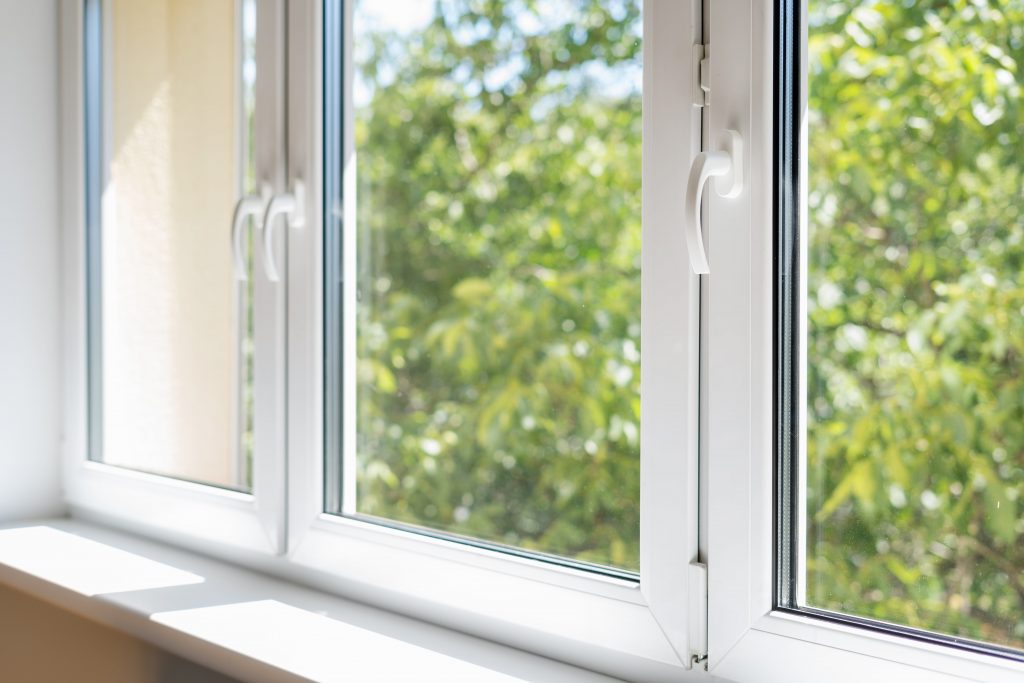U-values: What They Really Mean
U-values, also known as thermal transmittance, measure how well or poorly a material like double glazing transmits heat from the inside of the home to the outside. The lower the U-value, the better the component is at insulating the room.
As the winter gets colder and we start looking for more eco-friendly and cost-effective solutions to heat our homes, it’s natural that homeowners are looking into home improvement products that have the best U-values. It’s essential to find the best balance of products that not only look good in your home but also provide multiple practical benefits.
At Pears Home Improvements, we provide our customers with multiple double-glazing home improvement products that can enhance any home. Each of our products is made from a combination of materials that helps keep them thermally insulated and prevents heat loss.

What are U-values?
U-values, or thermal transmittance, show how effective double-glazing home improvement products are as insulators. The lower the U-value, the more insulated the product is. The product is more likely to slow the process of heat escaping your home.
Knowing the value of products is helpful for homeowners, as you can tell how good a product is at keeping your home thermally efficient throughout the year. Knowing the U-value of products allows you to compare different suppliers and manufacturers to determine the U-value needed for your home.
U-values are similar to the British Fenestration Rating Council‘s (BFRC) energy rating for appliances, as you can see how energy efficient a product is.
How are U-values Measured?
Typically, U-values are measured in watts per square metre per kelvin (W/(m2k)). This unit means if a double glazing product has a U-value of 2.8, 2.8 watts would be transmitted every square metre.
The calculation is made up of the thermal resistivity of the material, external heat transfer resistance, the thickness of the material, the specific thermal conductivity of the layer of the material, and the internal heat transfer resistance. When you work out the calculation of these methods, then you have the U-value of the double glazing product.
The manufacturer or supplier typically calculates and provides the U-value of a product. Be sure to read any labels on the product or contact the supplier for further details.
Who uses U-values?
Manufacturers or suppliers use U-values to determine how thermally efficient a product is. This information is helpful for them so they can advertise the product correctly and help keep homes eco-friendly.
Alternatively, knowing the U-value of a double-glazing product is helpful for homeowners if they are also looking to increase the thermal insulation of their homes. When you know the U-value of a product and know what that means, you can work out what your home needs to keep you naturally comfortable all year round. It’s a cost-effective solution to regulate the temperature in your home instead of working on big, expensive projects.

Why are They Important?
Legally, manufacturers or suppliers need to know the U-value of a product, as there are legalisations and guidelines to keep homes thermally efficient. There are minimum U-values that each product needs to meet in order to meet building regulations.
If you are a homeowner, it may be important for you to know about U-values so you can prevent heat loss in your home. Thermally insulated products can keep your home at a comfortable temperature all year round for much longer.
Pears Home Improvements
At Pears Home Improvements, we provide our customers with double glazing and Planitherm products that have the right amount of U-values to keep your home thermally efficient. Each of our products is made from a combination of materials that keep the heat in the home while increasing your home’s visual appeal.
Use our online quoting engine for a free personalised quote on all our products, or contact our team through our online contact form if you have any questions. Alternatively, you can give us a call at 01905 724085 if you want to talk to one of our team members directly.
Categories: Updates





































